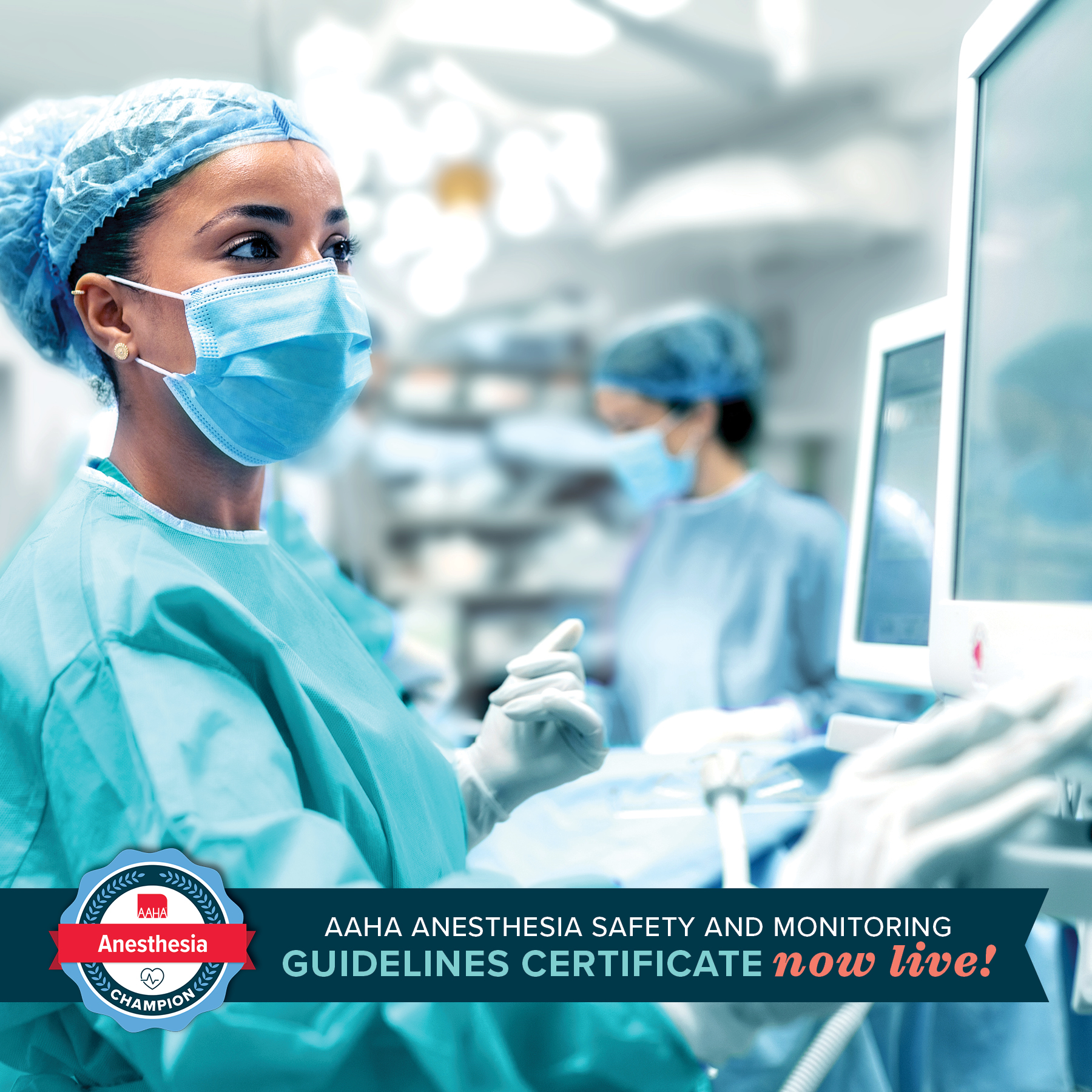Dental Guidelines Overview
The concept that a pet is suffering from oral pain, infection, and inflammation that may not be apparent but is affecting their quality of life is a reality that may not always be fully appreciated by the veterinary profession and often not understood by the pet owning public. Compromised dental health can affect a pet’s overall health, longevity, quality of life, and interaction with its owner without exhibiting obvious clinical signs of disease. The purpose of this document is to provide guidance to veterinary professionals that will enable them to recognize dental pathology and deliver appropriate preventive and therapeutic care to their patients, as well as to provide essential dental education to their clients.
In consideration of our patients’ welfare, veterinary professionals must understand that dental patients often experience considerable fear, anxiety, stress, pain, and suffering. In order to achieve optimal clinical success and client satisfaction, it is essential that the veterinary team address these concerns with every client, beginning with the first interaction when scheduling an appointment.
The guidelines are based on evidence-based information whenever possible, although we recognize that relevant data and well designed veterinary dental studies have not always been conducted for all the topics covered in these guidelines. As a result, expert opinion and the extensive clinical experience of the Task Force members have been used in writing the guidelines. The collective goal of the Task Force was to apply the highest level of evidence-based information available when preparing the guidelines.
The guidelines are intended primarily for general practitioners and veterinary team members without advanced dental training. The Task Force encourages all veterinary professionals to continuously improve their veterinary dentistry knowledge, skills, and treatment capabilities and to recognize cases needing referral. It is well known that many pet owners use the internet as a default resource for pet healthcare information and home treatment.1 However, because of the specialized nature of dental procedures, including diagnosis and treatment, professional veterinary care is necessary for maintaining pet oral health. Therefore, veterinary dentistry represents an opportunity for a primary care practice to demonstrate a high level of service and professional expertise to its clients and to positively impact patient comfort and wellbeing.
The guidelines are intended to be a first-line resource in helping practitioners achieve that essential goal. Readers should consider the guidelines to be an extension and update of the 2013 AAHA Dental Care Guidelines for Dogs and Cats (hereafter referred to as the 2013 AAHA Dental Care Guidelines), which continue to be a relevant source of medically appropriate information on veterinary dentistry.2 Although the 2013 AAHA Dental Care Guidelines are an excellent, basic resource for clinicians, the 2019 guidelines published here provide important new information. This includes:
- An expanded and updated discussion of commonly performed veterinary dental procedures, supported by photos that illustrate oral pathology and therapeutic techniques
- Criteria for periodontal disease staging
- The importance for addressing pain and stress in dental patients
- Client communication tips for explaining the importance and rationale behind specific dental and oral procedures
Client education is a particularly important and often underappreciated aspect of veterinary dentistry. Without the pet owner’s understanding and acceptance of the veterinarian’s oral health recommendations, the decision to pursue dental cleaning, oral evaluation, and treatment will seem optional. Applying the AAHA Dental Guidelines with an emphasis on client communication will enhance your practice by providing your clients with services that address a critical component of canine and feline healthcare







